Exquisite and graceful, a high-energy and extremely intelligent canine

Papillon Spotlight
- Breed’s name means “butterfly” in French
- Two variations of the breed: erect ears and drop ears
- Independent, smart and lovable
- High prey drive
- Belongs to toy size class
- Requires frequent grooming
- Medium energy level
- Shrewd and resourceful
History
The Papillon is a small, approachable breed with a long history. It has appeared in European portraits and other pieces of artwork dating as far back as the 1500s. The Papillon descended from a group of early toy spaniels that had drop hanging ears as opposed to the erect ears seen on Papillons today.
This change was developed in the court of Louis XIV during the 1600s and the new ear structure resulted in the name Papillon, as this is the French word for butterfly and the dogs were thought to resemble butterflies. Varieties with drop hanging ears still exist and are referred to as Phalenes but are still considered part of the Papillon breed according to the American Kennel Club.
The breed has had many different names throughout its history, such as the dwarf spaniel, the “little squirrel dog” and the Continental Toy Spaniel, which remains the official name for the breed for organizations like the Federation Cynologique Internationale (FCI) today.
It should be noted that although the Papillon was developed in France, it achieved its greatest popularity in Spain and Italy. The Papillon received AKC recognition in 1915 and is currently ranked the 49th most popular dog breed on the AKC’s list.
Personality & Temperament
Papillons are generally playful, smart and approachable. Although their small size may tempt owners to baby and spoil them, Papillons are actually much more tough and brave than their cuddly appearance suggests. However, this independence does not mean Papillons are not affectionate and gentle toward their owners.
They like to be around and cuddle with their owners but are much less needy than some other small dog breeds. Papillons that have been trained by a firm, consistent leader are typically great with children whereas those that have been trained by submissive owners are not always trustworthy around children.
Unlike many other small dogs, Papillons are not known to be excessive barkers. However, like any other small dog breed, Papillons are prone to developing small dog syndrome if their owner lacks a firm hand and fails to make it clear to the dog that the owner is in charge. To avoid excessive barking, separation anxiety, aggression and any other behaviors associated with small dog syndrome, be sure to properly train and socialize your Papillon puppy at an early age.
Papillons are usually friendly toward other dogs when they have been properly socialized, but owners who also have cats or who someday intend to own cats should socialize their Papillon around cats as well due to the breed’s high prey drive.
Appearance & Grooming
The Papillon belongs to the Toy size class. It stands anywhere from eight to eleven inches in height and will weigh between seven and ten pounds when full grown. The head is small and rounded and the facial features give the impression of a dog that is friendly and approachable. The ears are rounded at the tips and, in the case of Papillons with erect ears, a soft V-shaped gap is present between the two ears.
Phalenes or Papillons with non-erect ears are similar in appearance but should droop completely downward. The tail leans forward over the top of the back and is covered with a long, feathery plume which explains the breed’s “squirrel dog” nickname. The coat is never solid but instead has patches of any color mixed with white.
Although Papillons are not double-coated, their long, fine coats require daily brushing to maintain their elegance and shine. Daily brushing will also help to reduce shedding and prevent the coat from matting. Papillons are fairly clean dogs and will only need to be bathed on an as-needed basis.
The nails should be trimmed once or twice per month, depending on how quickly they grow, to prevent floors, furniture and people from accidentally getting scratched. Papillons are as prone to dental problems as any other small dog breed, so their teeth will need to be brushed every other day or every few days to remove tartar buildup and keep their breath smelling fresh.
Health
- Eye disease in dogs is a broad term as dogs can suffer from a variety of eye diseases with varying impacts on their health. Eye diseases are somewhat common in Papillon's health and can lead to discomfort and, in the most severe cases, vision impairment or loss. The most commonly occurring eye diseases for dogs are dry eye, cataracts and glaucoma.
- Patellar luxation or kneecap dislocation is common in many toy and miniature breeds and is sometimes observed in Papillons due to their small size. The dog will only feel pain at the moment the dislocation occurs. Signs that a dog has a dislocated kneecap include lameness, sporadic skipping and irregular movement.
- Cardiac disease can occur in any breed and is, in most cases, an acquired condition rather than an inherited one. It typically appears in dogs that are middle-aged or older. Commonly occurring heart diseases include chronic valvular disease, myocardial disease, arrhythmias and pericardial disease. Symptoms like a dry cough, shortness of breath and fatigue indicate that a trip to the vet is needed.
Exercise & Care
Papillons have a medium energy level and require both outdoor exercises, such as on-leash walks and off-leash playtime, and indoor playtime to remain happy, healthy and entertained. Papillons need owners who enjoy playing with their dogs and will provide them with plenty of opportunities to burn some energy, whether by an indoor game of fetch or an hour spent running around at the park.
It should be noted, however, that Papillons have a high prey drive and should always be supervised when they are outside to prevent them from running after other animals and potentially injuring themselves in the process.
Papillons need comfort and stability. With the exception of supervised time spent outdoors, they should always live and sleep indoor with their families. They consider themselves to be part of their families and they should be treated as such. As for nutritional needs, each individual dog is different and it is recommended that owners work closely with their breeder and veterinarian to determine a feeding routine that meets their dog’s specific needs.
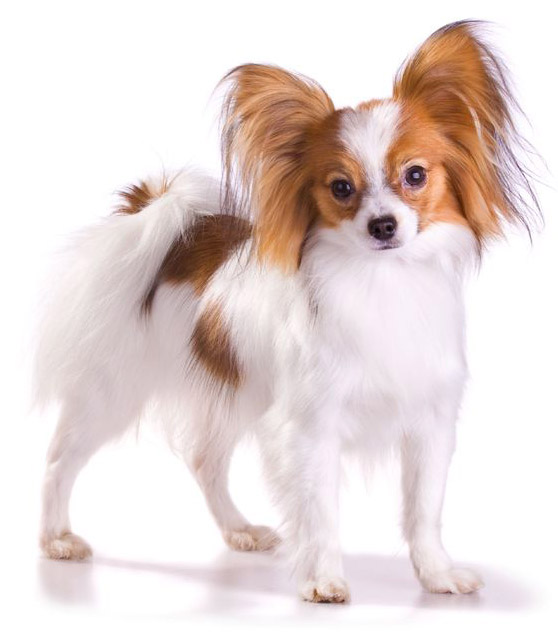
 France
France
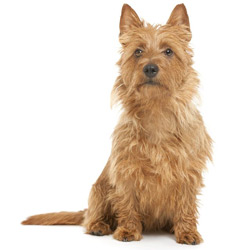
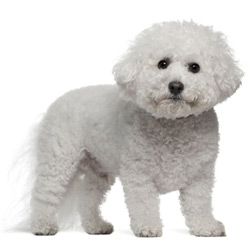
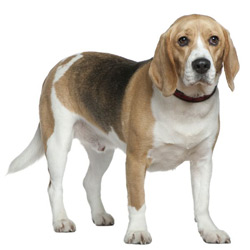
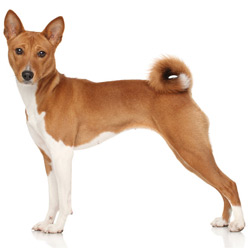
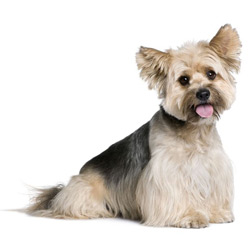
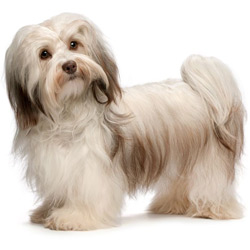
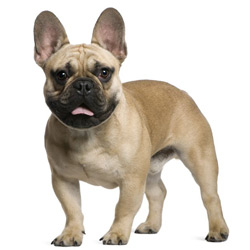
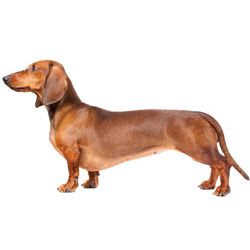
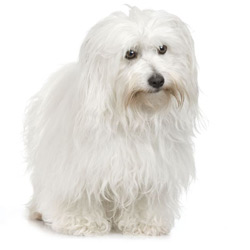
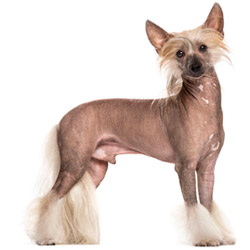
What do you think?